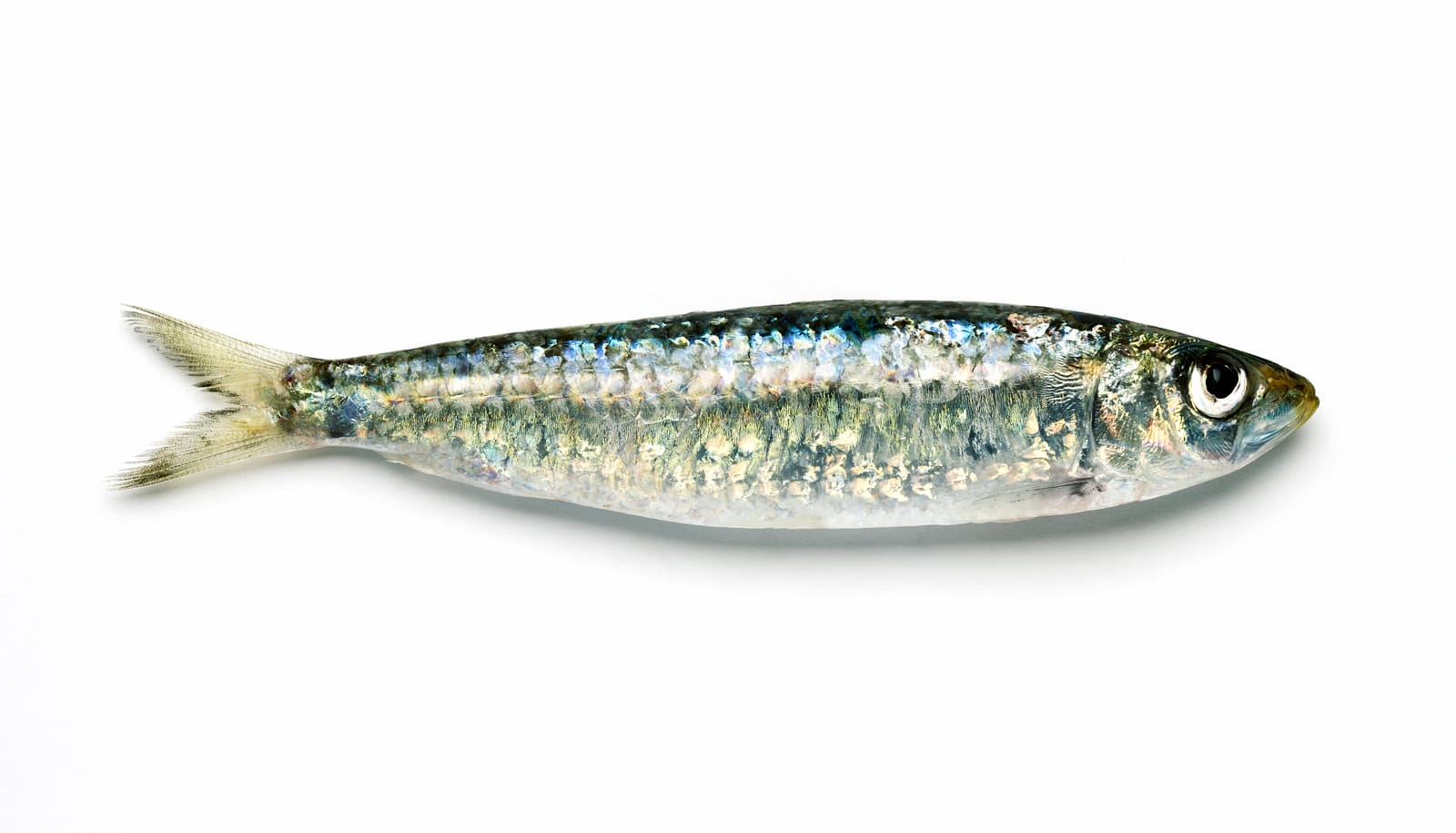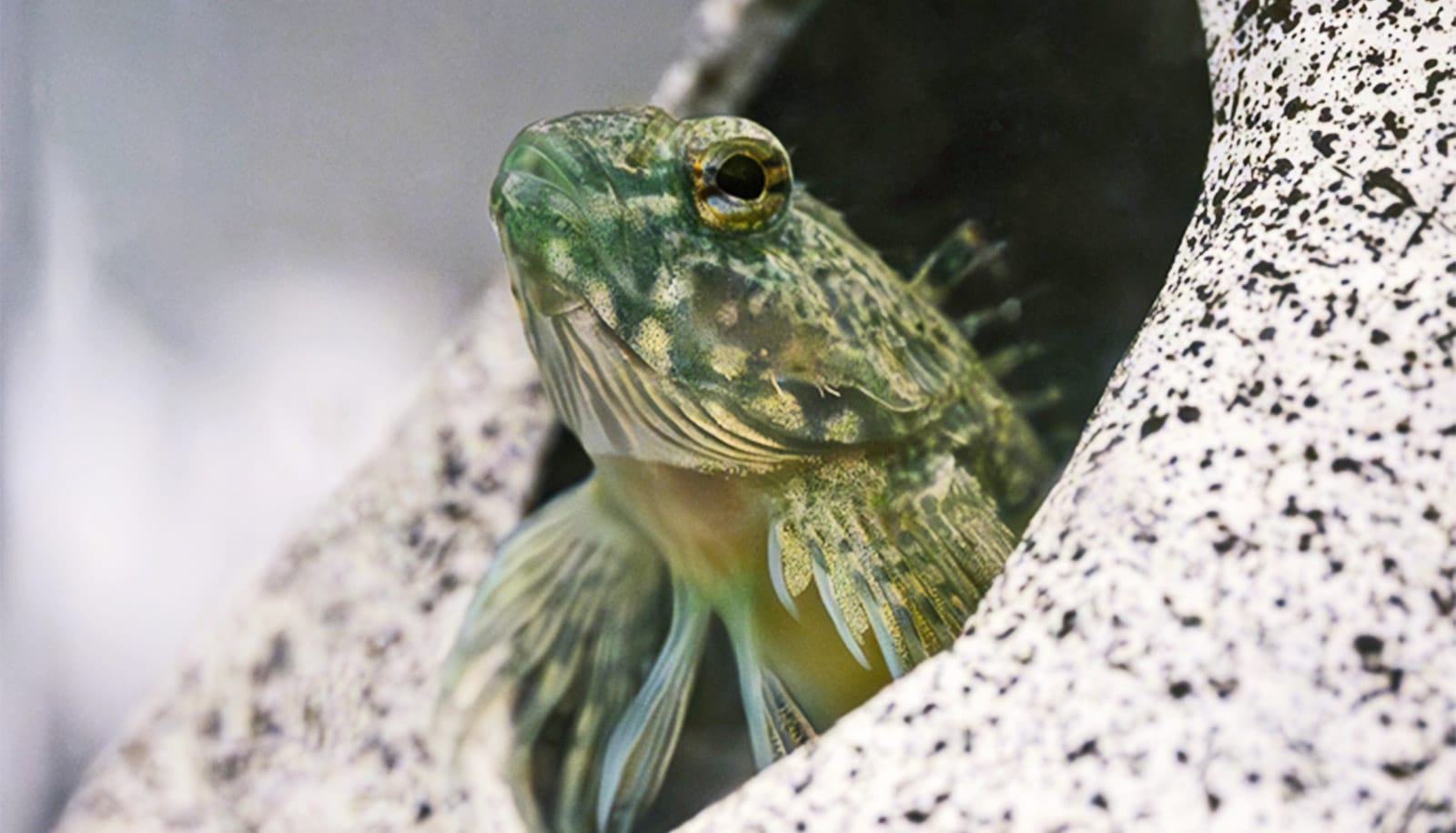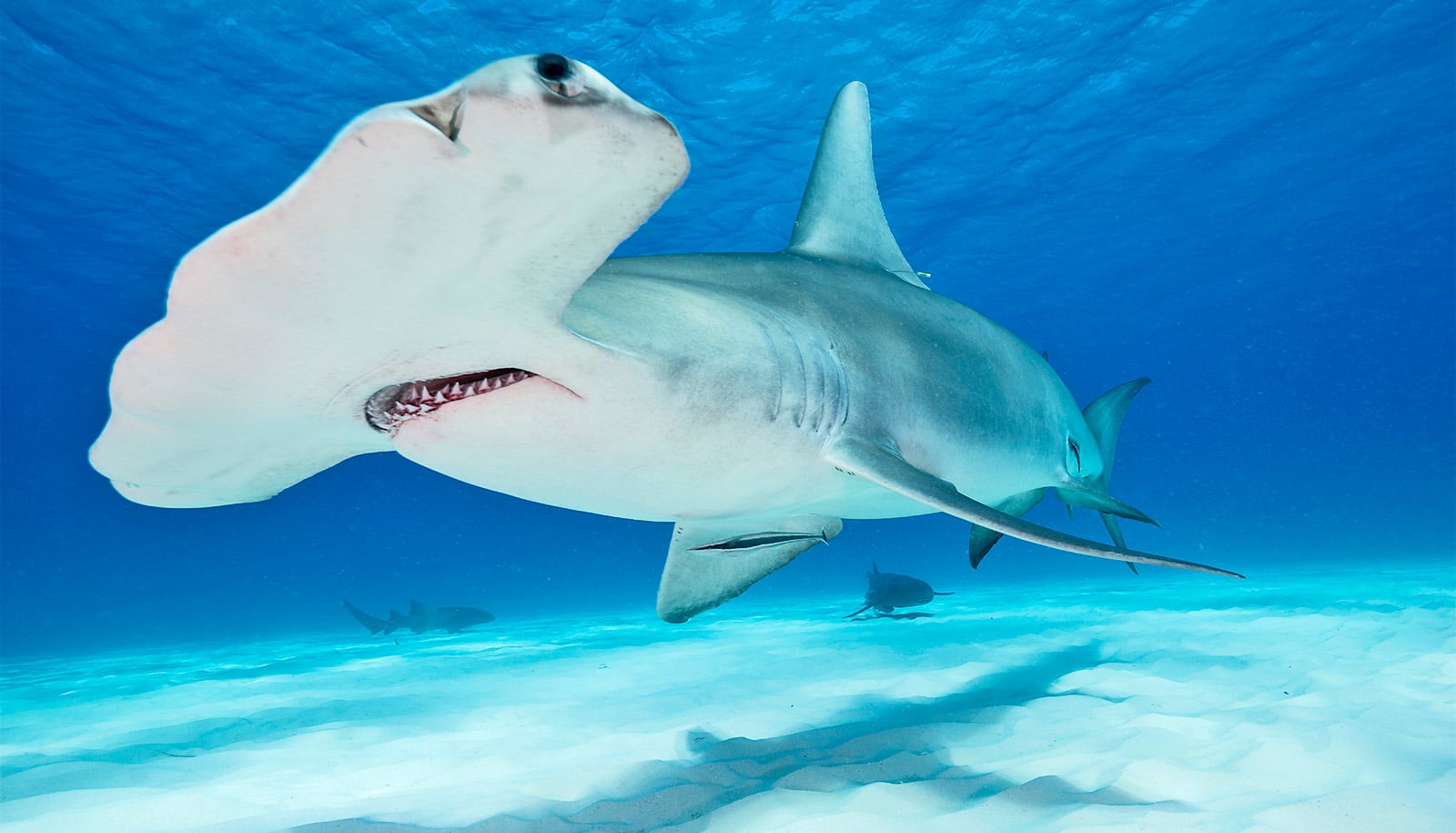Forage fish stocks have undergone fluctuation swings for hundreds of years, research shows, with at least three species off the US West Coast repeatedly experiencing steep population increases followed by declines long before commercial fishing began.
The rise and fall of Pacific sardine, northern anchovy, and Pacific hake off California have been so common that the species were in collapsed condition 29 to 40 percent of the time over the 500-year period from CE 1000 to 1500, according to a new study in Geophysical Research Letters.
Using a long time series of fish scales deposited in low-oxygen, offshore sedimentary environments off Southern California, researchers described such collapses as “an intrinsic property of some forage fish populations that should be expected, just as droughts are expected in an arid climate.”
Even though they are expected, the findings still have implications for the ecosystem, and for fishermen and fishery managers, who have witnessed several booms, followed by crashes every one to two decades on average and lasting a decade or more.
Collapses in forage fish—small fish that are preyed on by larger predators for food—can reverberate through the marine food web, causing prey limitation among predators such as sea lions and sea birds.
‘Pauses’ could prevent forage fish collapse
“Forage fish populations are resilient over the long term, which is how they come back from such steep collapses over and over again,” says Sam McClatchie, supervisory oceanographer at the National Oceanic and Atmospheric Administration Fisheries’ Southwest Fisheries Science Center in La Jolla, California, and first author of the paper. “That doesn’t change the fact that these species may remain at very low levels for periods long enough to have very real consequences for the people and wildlife who count on them.”
Downturns in sardine and anchovy linked to changing ocean conditions have contributed to the localized stranding of thousands of California sea lion pups in recent years.
“The Mediterranean climate of California, with wet winters and dry summers, produces a sediment layer we can pull apart like pages in a book,” says coauthor Ingrid Hendy, a paleoceanographer and associate professor in the earth and environmental sciences department at the University of Michigan. “Although these sediments have been studied before, we are using new technology to examine them in unprecedented detail.”
Sea-floor cores
For the study, researchers collected the California sediments in 2009 using a coring device that allowed them to sample large portions of the sea floor beneath the Santa Barbara Channel.
In the lab, fish scales from the core were identified under a binocular dissecting microscope by comparing them to reference specimens from the University of Michigan Museum of Zoology collection. Anchovies in the collection were bought at the San Pedro Fish Market, near Long Beach, California, in 1922. The sardines came from Barkley Sound, on the west coast of Vancouver Island, and were collected in 1933.
The fish we eat could soon be eating more mercury
The fish-scale analysis was performed by former undergraduate Alexandra Skrivanek, who is now a graduate student at the University of Florida. Hendy’s lab uses a technique to date the layers within marine sediment cores that involves improved radiocarbon dating of organic materials in the sediments and better ways to count the annual layers.
Alternating cycles?
A collapse is drop below 10 percent of the average peak in fish populations, as estimated from the paleorecord, the researchers say. Anchovy took an average of eight years to recover from a collapse, while sardine and hake took an average of 22 years.
The record also shows that sardine and anchovy fluctuated synchronously over the 500-year study period. Combined collapses may compound the impact on predators and the fishery, scientists say. The finding runs counter to suggestions that the two species’ cycles alternate.
Sardine and anchovy have at times been the most heavily harvested fish off Southern California in terms of volume. Hake, also known as Pacific whiting, spawn off California but are harvested in large volumes off the Pacific Northwest and Canada.
The findings conclude that forage fish are well-suited to variable fishing rates that target the species in times of abundance, “while recognizing that mean persistence of fishable populations is one to two decades, and that switching to other target species will become a necessity.”
Collapses last, on average, “too long for the industry to simply wait out the return of the forage fish.” Well-designed reserve thresholds and adjustable harvest rates help protect the forage species, the fishery, and nonhuman predators for the long term—but only “protect the seed stock for recovery, and cannot prevent collapses from occurring.”
NOAA and the National Science Foundation funded the work.
Source: University of Michigan



